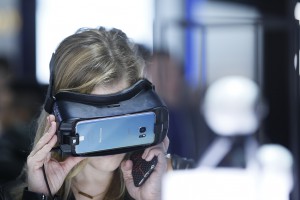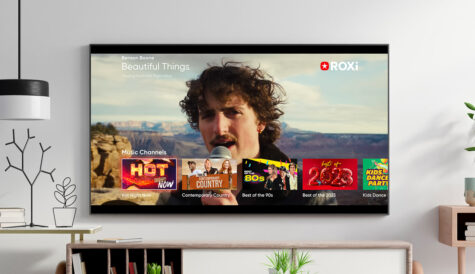Immersive content and 360° video to generate US$6bn
Interactive and immersive content formats and 360° video will generate revenues of US$6 billion by 2022, according to ABI research.
The research firm said that this type of content taps into the VR ecosystem and widespread support for app development on mobile platforms, citing experiments by major companies like BT, Deutsche Telekom and Netflix in this area.
“Immersive content promises to marry Hollywood style content, tapping into the production elements of video games,” said Sam Rosen, managing director and vice-president at ABI Research.
“New technologies exist to conduct fully spatial and/or light field mapping of spaces, as well as to generate holographic models of actors. Combining these techniques with artist-generated layers and interactive storytelling elements, such as speech synthesis, opens the door to using gaming technologies to deliver immersive entertainment to large audiences.
“Early on, content will probably only target location-based VR installations, but broader reach of the genre could come when a larger number of standalone VR headsets launch in 2018.”
Separately, a new Strategy Analytics report said that after exploring the demographics of VR owners and ‘intenders’ in the US, Western Europe, China and India, there is currently “no ‘one’ killer use case or ownership demographic that prominently stands out above all others.”
Strategy Analytics found that using VR to try out other products before purchasing them drew the greatest level of interest from consumers, but said this is “unlikely to motivate consumers to purchase a VR device”.
“OEMs (original equipment manufacturers) must ensure that a range of use cases is available to meet the differing needs of region, age and gender,” said Strategy Analytics’ director of syndicated research, UXIP, Chris Schreiner.




